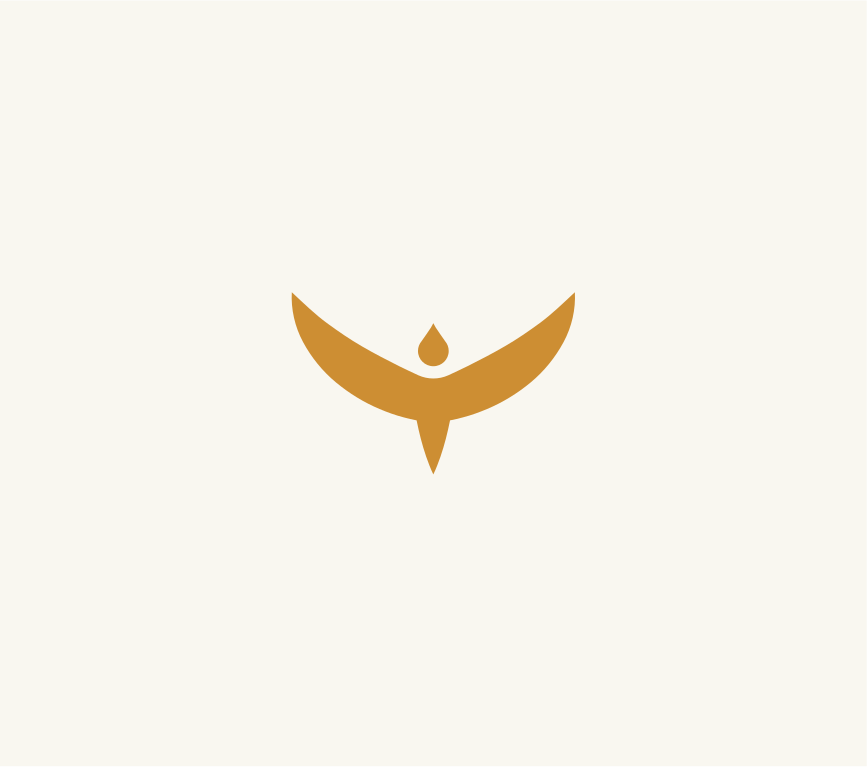Daedalus
Talus
Daedalus (Daidalos or Δαίδαλος) was originally an Athenian master craftsman and inventor. Daedalus was the son of Eupalamus and the great grandson of King Erechtheus of Athens. Daedalus was also brother of a sister named Perdix.
Daedalus was exiled from Athens when he killed his own nephew Talus, the son of Perdix. Talus became a pupil or an apprentice to Daedalus when he was twelve. Talus was so gifted that he invented the saw, from observing the backbone of a fish, and a compass to draw a circle. Jealous of his nephew's talent and fearing that he would soon surpass him, Daedalus flung his nephew from the top of the Acropolis.
According to the poet Ovid, Talus was turned into a low-flying bird because it feared to fly too high. Daedalus was caught trying to hide his nephew's body by burying it. Depending on the sources, he either fled or was banished from Athens, after he was found guilty in a trial at the Areopagus.
Daedalus and Icarus
Daedalus went to Crete and served Minos as the king's architect and craftsman.
When Pasiphaë fell in love with the Cretan Bull, it was Daedalus who helped her to copulate with bull, and she became the mother of the monster, the Minotaur.
It was Daedalus who built the Labyrinth to confine the Minotaur. Only Daedalus knew how to escape the Labyrinth. The inventor gave this secret to Minos' daughter Ariadne, who was in love with the young Athenian hero Theseus (see Theseus).
When Minos realised that Daedalus was responsible for Theseus' escape from the Labyrinth, Minos had the craftsman and his son named Icarus imprisoned in the Labyrinth.
To escape from the Labyrinth, Daedalus made a couple of sets of wings for himself and Icarus, which were made of feathers and wax. Before flying out of their complex prison, Daedalus warned his son not to fly too high. Together, they flew away from the Labyrinth.
However, Icarus flew too high, forgetting his father's ominous warning, because he found flying exhilarating. The sun melted his waxed feathers; Icarus died when he plummeted to the earth. While Heracles was a slave to Queen Omphale of Lydia, the hero discovered Icarus' body on an island of Doliche, which he promptly buried. Heracles named the island Icaria. Daedalus was very grateful to Heracles, and erected a statue to Heracles at Pisa. However, Heracles mistook the statue for a real person and thought it was an enemy, because it was very dark that night. So Heracles hurled a stone, and damaged his own statue.
A less interesting version by the historian Diodorus Siculus said that Daedalus fled in a ship, taking his son Icarus. When they landed on the island, Icarus was reckless in disembarking, fell in the water and drowned. The islanders named their island Icaria, after Icarus.
Another variation of this myth can be found in Pausanias' Description of Greece. Daedalus escaped with his son on a small ship, being chased by the Minoan fleet. Pausanias said that Daedalus had invented the sails which allowed his vessel to outstrip Minos' ships, which were rowed by oars. Icarus' inexperience steering upset the ship. Heracles came upon and recognised Icarus on the beach, so the hero buried his body on the island that was now named Icaria.
Whichever version you might have read, Daedalus eventually arrived in Sicily.
Death of Minos
Minos was still furious at Daedalus' escape, so he placed a large reward to find the inventor, and for years he sent his warships out, searching for the fugitive. Finally, he pinpointed Daedalus' location in Sicily. Minos brought a sizeable naval force to capture Daedalus.
Cocalus, the king of the Sicani, befriended Daedalus, who helped him build several great citadels – Megaris, Acragas and Selinus.
Minos brought a spiral sea-shell and offered a large reward for anyone who could draw a thread through it. Cocalus brought shell to Daedalus. Deadalus then attached the thread to an ant, so the ant could pull the thread through one end of the shell to the other. Cocalus then displayed his success.
Minos realised that Cocalus was hiding Daedalus. Minos demanded that Cocalus hand over the inventor or face his mighty army. Cocalus promised to give Daedalus to the Cretan king, and offered his home in hospitality.
While Minos was taking a bath, Cocalus' daughters poured boiling water over his head. Cocalus informed the Cretan general that their king had accidentally slipped and fallen into the bath, filled with hot water. Minos was buried in Sicily.
When Minos died, he became an attendant of Themis, goddess of justice, along with his brother Rhadamanthys and Aeacus, the son of Zeus and Aegina. They were the three judges in the Underworld, presiding over the souls of the dead.
Related Information
Name
Daedalus, Daidalos, Δαίδαλος
Sources
Library was written by Apollodorus.
Metamorphoses was written by Ovid.
Description of Greece was written by Pausanias.
Library of History was written by Diodorus Siculus.
Related Articles
By Jimmy Joe




